Marine Life Identification Perth WA
Shore Diving
Sponge Uncertainties
The reason for this is I have currently been unable to find resources which catalogue them known to our local shoreline. Due to this I have had to identify them using resources from other parts of Australia and other parts of the world, the identification here is based purely on similarities of features, textures, colours, shapes etc.
You know the drill, if you know something about the identification of these sponges please pass that information on.
---------------------------------------------------------------------------------------------------------------------------------------------------------------------------
The possible identification of these sponges are based purely on similarities I have seen in other photographs on the internet. However I have not found any that look identical to these. There is a massive amount of room for error for these photographs.
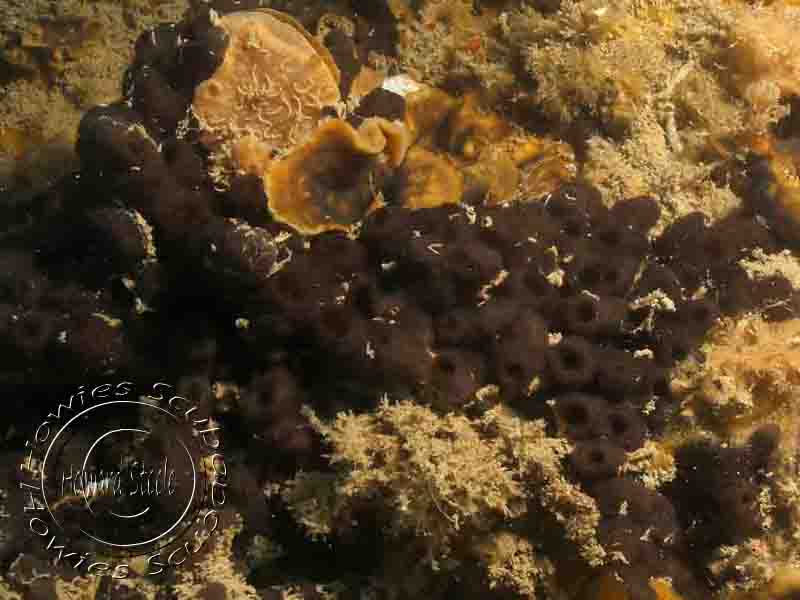
Possibly Black Antler Sponge
(Haliclonia Sp.)
These photographed on the wrecks at the RWT. I have seen photographs of similar Singaporean sponges and that is where I have taken this identification from however, I am unable to find any reference for anything similar in Australia.
(Cliona Sp.)
Boring sponges are known for boring into limestone reefs and having prominent raised oscules as seen in these photographs.
Possibly Acanthella acuta
Visually it is identical as the resource photograph and, I was very tempted to place this in the main identified sponges section.
Photographed at BBR
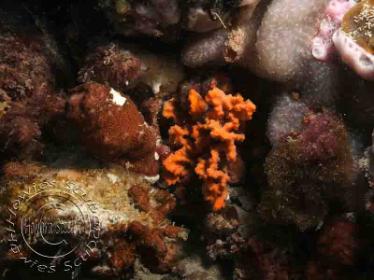
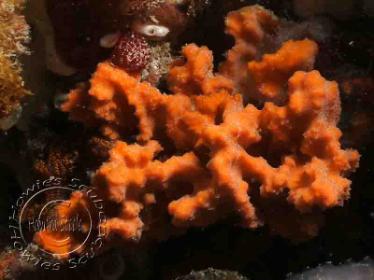
Using the same European resource as previously, again this looks remarkably like the resource photograph.
Photographed at BBR
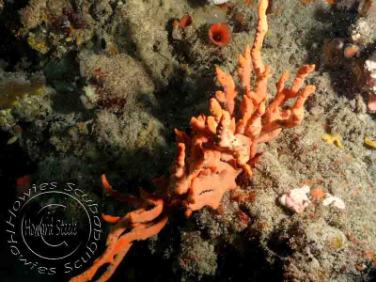
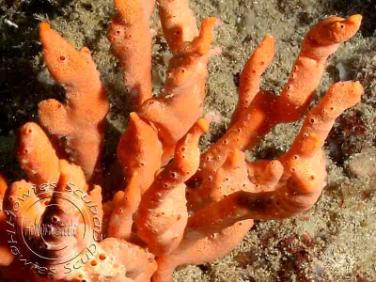
Possibly Suberea sp.
Photographed at Mettams Pool and MAAC.
Looks similar to a variaiton of Soft Aplysina lacunosa.
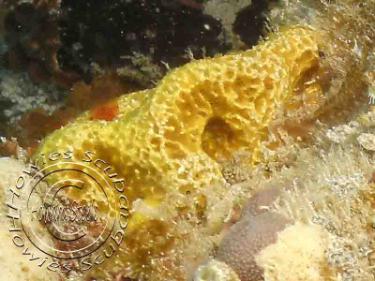
Possibly Tethya bergquistae
The colouring of this next sponge looks quite similar to Tethya bergquistae, especially the colouring however texturally slightly different.
Now sponges 3 & 4 looks very much like its counterpart, except slightly more peachy in colour.
So a little bit of confusion exists around these two.
Most probably just variations however, any information you have would be greatly appreciated.
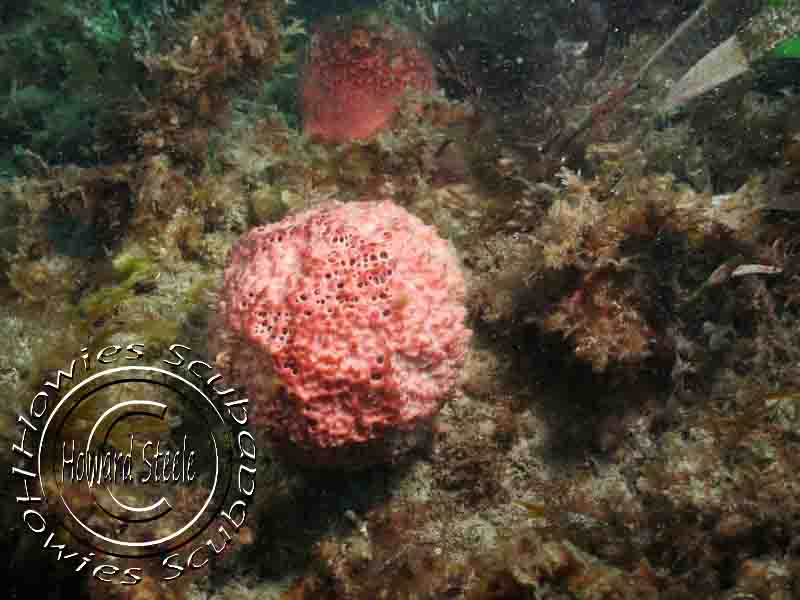
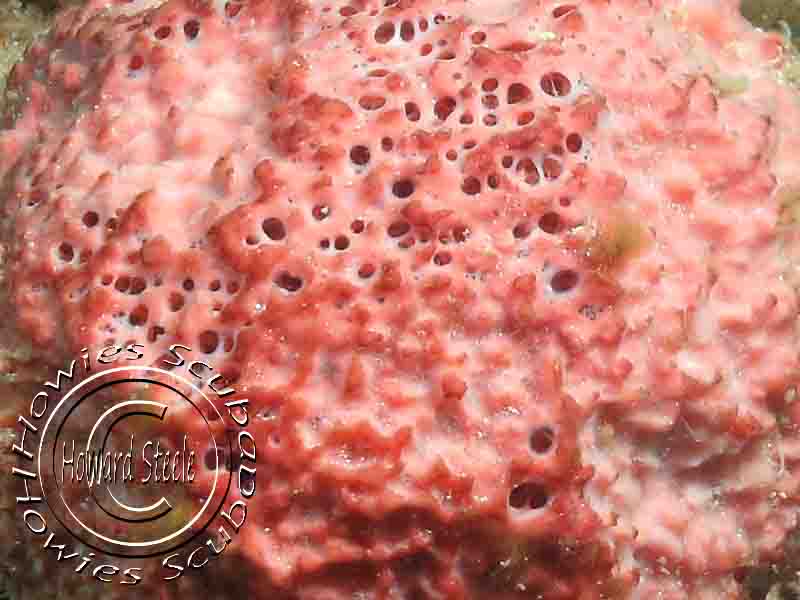
Possibly Polymastia boletiformis
Photographed at Jervoise Bay.
Possibly Ciocalypta sp.
Photographed at Point Peron.
I have seen other photographs of similar looking sponges but white in colour.
I am not 100% sure if it comes in pink, or whether this species are known to our local shores as I have not been able to identify its distribution range.
Image 3 possibly a colour variant, photographed at the Gareenup Wreck.
Common at the jetty sites, encrusting on the jetty pylons.
(Arenochalina mirabilis)
These next four pictures I believe are known as Snot Sponges, which is grey to orange in colour and have small but prominent tubules, as you can see.
They are known as Snot Sponges because as soon as they a taken out of the water they disintegrate.
They often have a blue tinge around the pores which is not always evident however bottom left clearly shows this feature.
(Callyspongia vaginalis)
Some type of encrusted Tube Sponge.
Photographs taken at Robbs & Ammo Jetty and BBR.
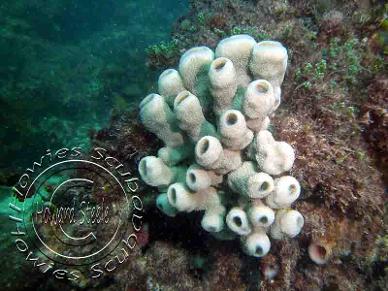
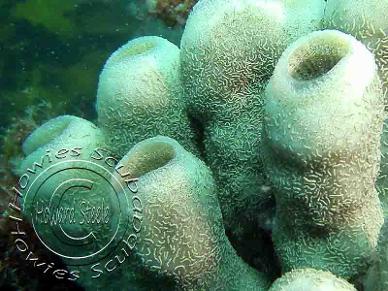
The annoying part of this sponge is that I have seen it described on a couple of websites however none give its scientific name so I am unable to check it out a bit more.
Possibly Orange Palm Sponge
(Clathria cactiformis)
Photographed on limestone reef.
IF YOU'RE NOT GOING DOWN: THEN WHERE THE HELL ARE YOU GOING